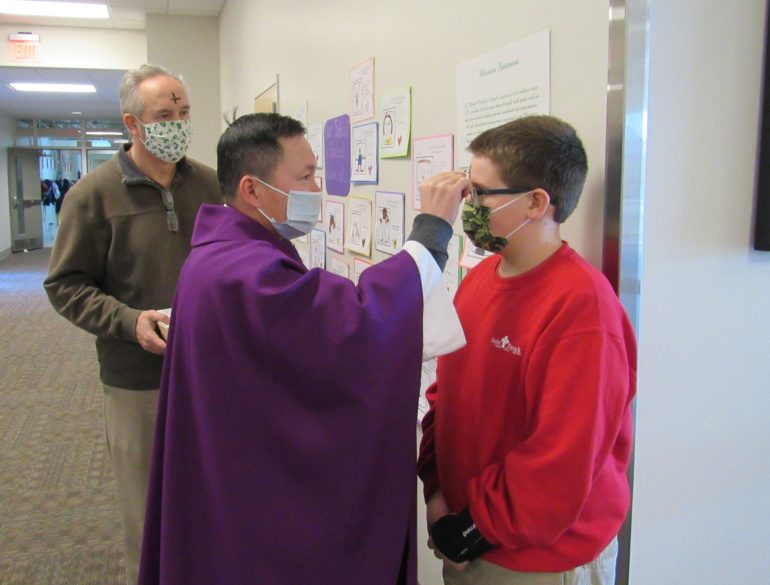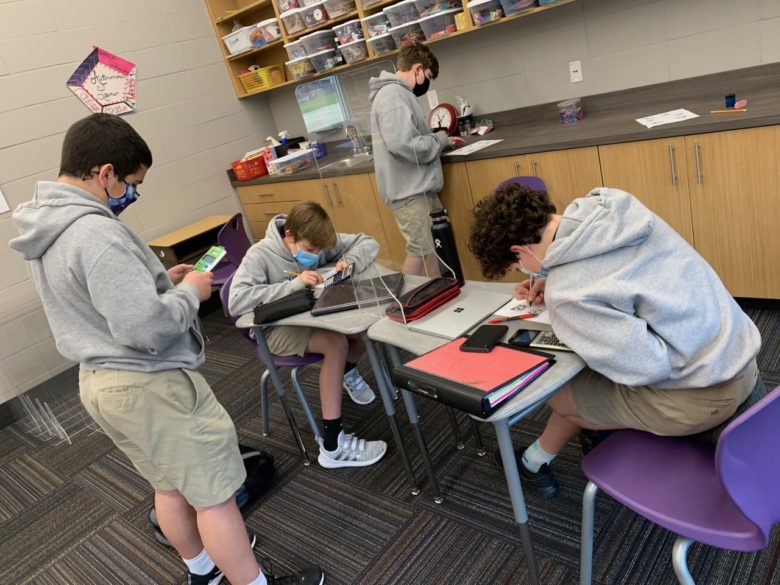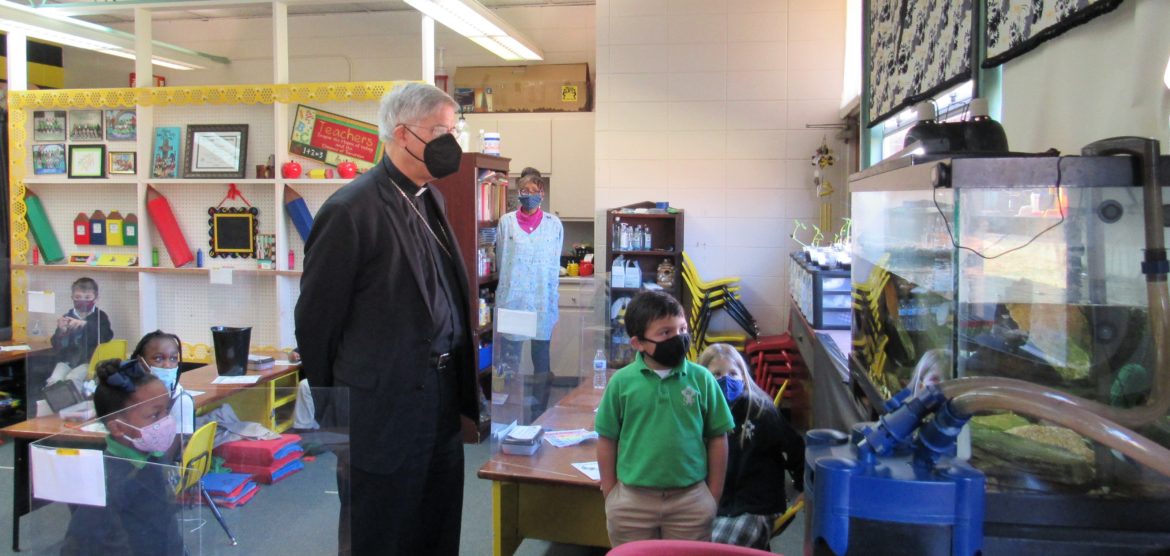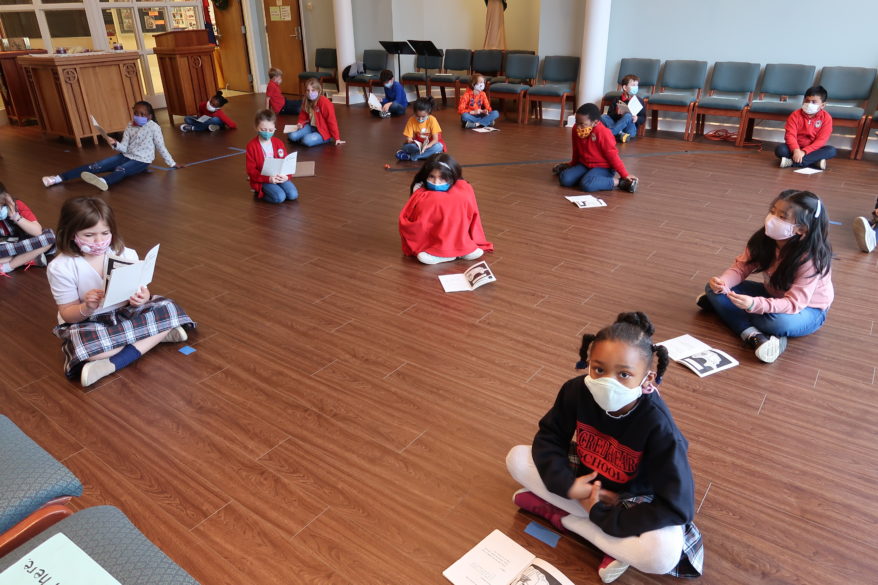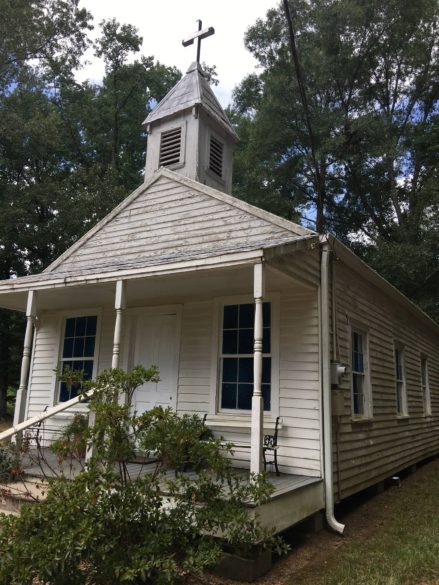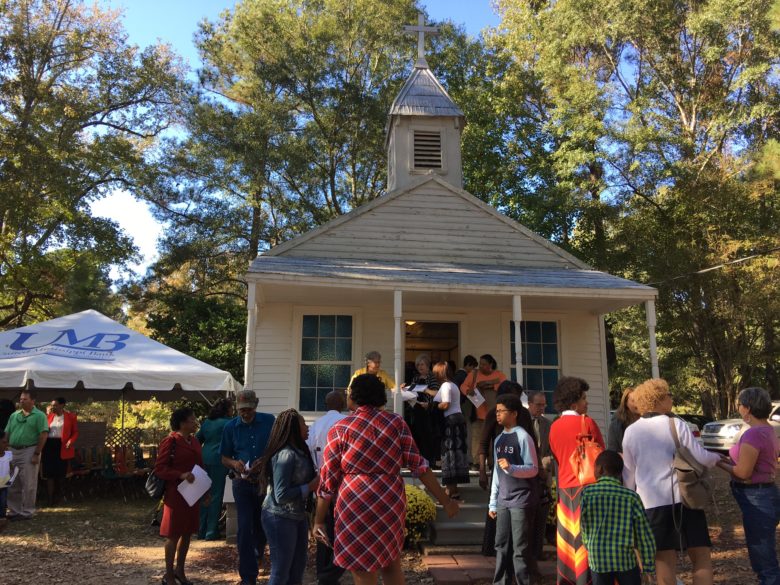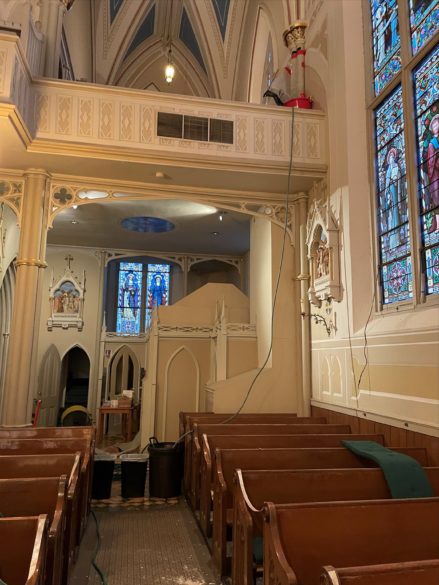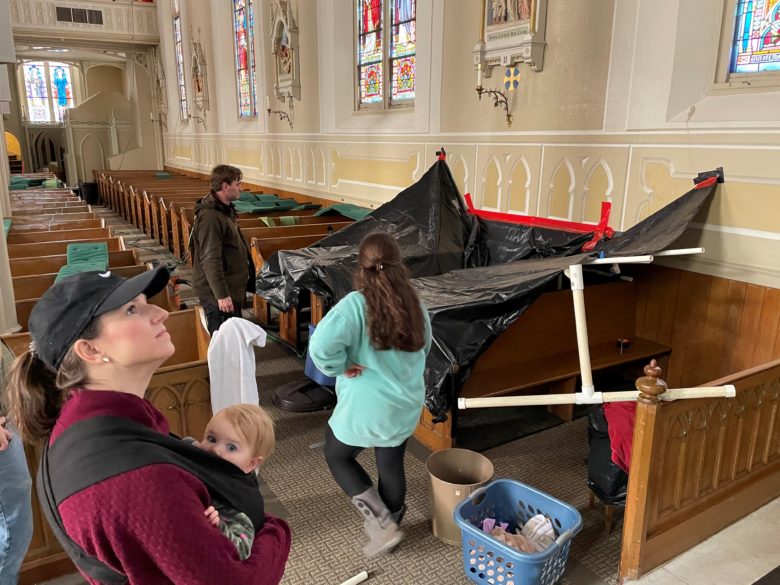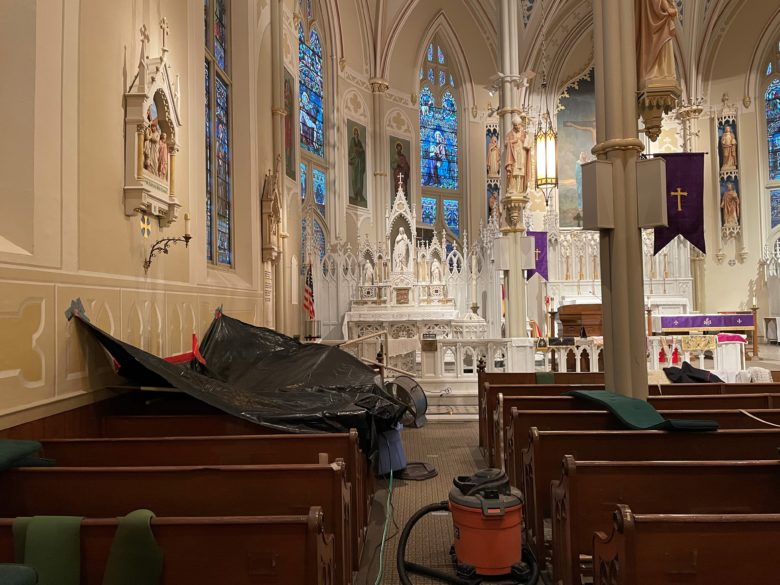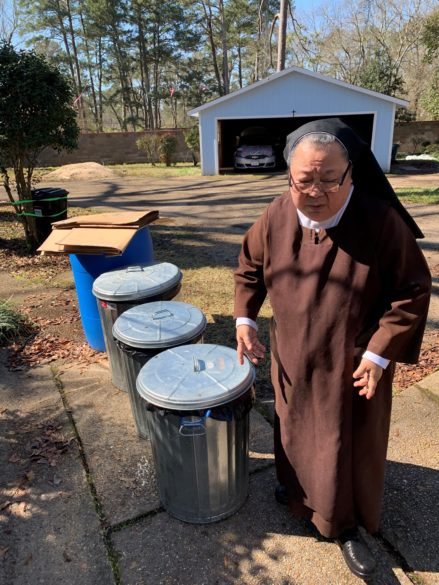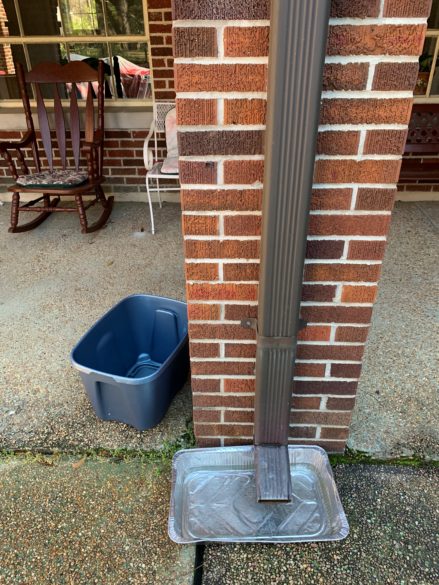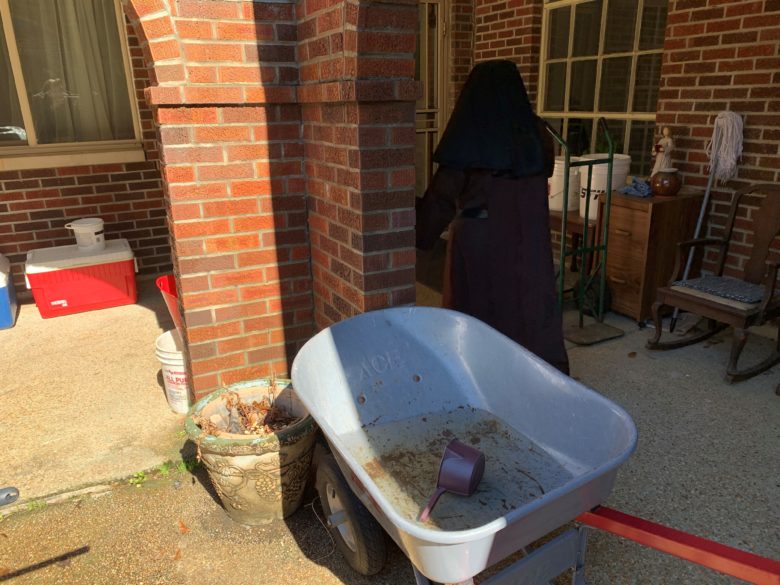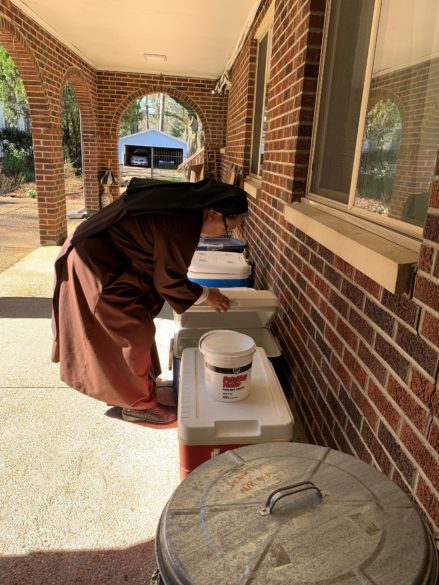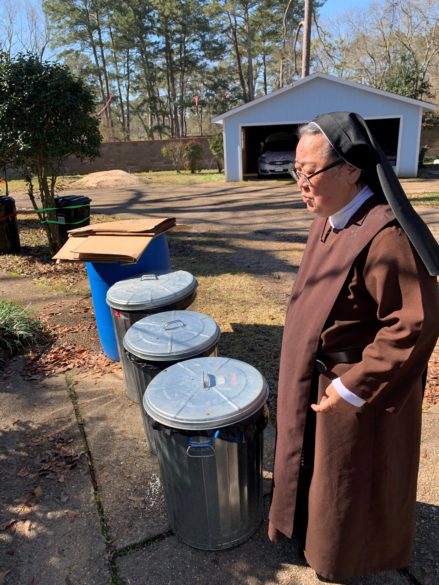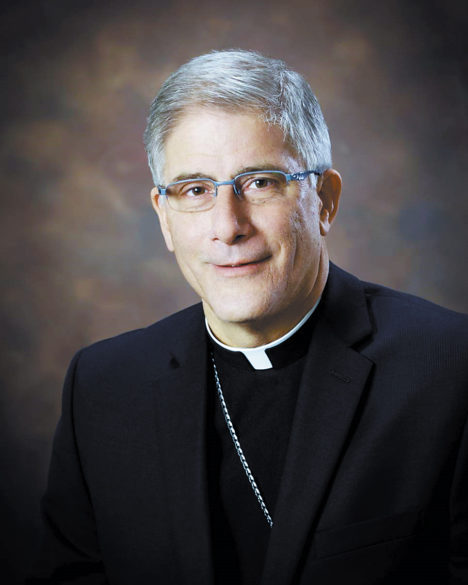Por David Agren, Rhina Guidos, CNS
El motivo por el que un gran número de menores – y de migrantes en general – está llegando a la frontera de Estados Unidos en cantidades cada vez mayores sigue siendo un tema de controversia. Los motivos para migrar siguen siendo en gran medida los mismos, según dijeron directores de refugios para migrantes y católicos que trabajan en temas de migración en Centroamérica: pobreza, violencia, y problemas políticos. También estuvo la devastación de los huracanes, Eta e Iota, que dejaron a miles de personas en situación de pobreza, hambre, y falta de vivienda.
La Cámara aprueba dos proyectos de ley de inmigración con disposiciones sobre ciudadanía.
Dos proyectos de ley de inmigración separados, aprobó la Cámara de Representantes de los Estados Unidos, el 18 de marzo, para dos grupos que buscaban un camino hacia la ciudadanía: inmigrantes jóvenes llamados “Dreamers” y trabajadores agrícolas migrantes.
Ambas medidas fueron aprobadas en la Cámara de Representantes, pero se enfrentarán a una mayor oposición en el Senado de los Estados Unidos. Los obispos de EE. UU. se encontraban entre los de varias organizaciones religiosas que expresaron su apoyo a los proyectos de ley.
La Ley de Promesa y Sueño Americano ha gozado de un fuerte respaldo en el pasado, ya que busca brindar a los adultos jóvenes traídos al país ilegalmente cuando eran niños un camino hacia la ciudadanía. Todos los demócratas de la Cámara votaron a favor y nueve republicanos votaron con ellos pasando 228-197. El proyecto de ley beneficiaría de manera similar a los inmigrantes bajo el Estatus de Protección Temporal (TPS).
La Ley de la Fuerza Laboral de Modernización Agrícola pasó 247-174; 30 republicanos votaron a favor y dos demócratas se opusieron. Permitiría a los trabajadores agrícolas obtener un estatus legal y luego solicitar la residencia permanente mostrando un empleo anterior y trabajo continuo en la agricultura.
Menores solos, pandemia y política se mezclan en la frontera
Durante el último mes, Magdalena Chávez y sus hermanas han pasado sus días orando por su sobrino de 17 años. Han incluido el nombre del adolescente salvadoreño en la lista de intenciones de la Misa, rezan el rosario a diario y piden la intercesión divina para que llegue a EE.UU. sano y salvo.
El adolescente salió del pueblo Las Pilas en el norte de El Salvador el 1 de marzo con un “coyote”, un contrabandista, sin avisar a su familia extendida. El adolescente quería reunirse con sus padres, dos inmigrantes salvadoreños que viven en Estados Unidos sin documentos y que no lo han visto en cinco años, dijo Chávez. Los padres acordaron pagarle al contrabandista $4,500 dólares.
Pronto, el joven podría formar parte de un número récord de menores en la frontera entre México y Estados Unidos. El Washington Post informó recientemente que más de 8.500 niños y adolescentes inmigrantes no acompañados – como el sobrino de Chávez – se encuentran ahora en albergues del Departamento de Salud y Servicios Humanos, esperando que familiares o patrocinadores que viven en Estados Unidos los reclamen, a pesar que un comunicado oficial del Departamento de Seguridad Nacional de EE.UU. (DHS) advierte a padres o familiares de los menores que “el viaje que emprenden los niños solos desde sus países de origen es extremadamente peligroso y agravado por la pandemia de COVID-19.” El obispo de El Paso, Mark J. Seitz, dijo que el flujo ha sido constante en la red local de albergues que ayudan a los inmigrantes y refugiados en la ciudad fronteriza y llegan sin que se les haya hecho la prueba del COVID-19.
Traficantes difunden rumores, continúan factores de confusion en frontera
Los migrantes que viajan en lo alto de los trenes en dirección norte descansan de sus viajes en un centro diurno dirigido por jesuitas en la ciudad industrial de Torreón, situada a unas 500 millas al sur de la frontera entre Estados Unidos y México.
El padre José Luis González, coordinador de la Red Jesuita de Migrantes en América Central y América del Norte, atribuyó parte del éxodo de migrantes a la confusión de mensajes, junto con la desinformación difundida por traficantes de personas que intentan generar negocios.
Incluso cuando la administración de Biden les dice a los migrantes que la frontera está cerrada, los centroamericanos escuchan historias de cambios en la política de Estados Unidos – como extender el Estatus de Protección Temporal a los venezolanos y poner fin al esquema de Protocolos de Protección al Migrante — y se imaginan ya a algunos migrantes y solicitantes de asilo entrando a Estados Unidos, continuó.
“A nivel popular” en Centroamérica, sostuvo el padre González, “la gente sólo ha escuchado que hay un nuevo presidente que es favorable a los migrantes.” Recientemente se formó un campamento de solicitantes de asilo en la frontera de Tijuana. El padre Murphy dijo que la gente está ocupando el campamento “para que puedan ser los primeros en la fila, sin entender que no hay fila” para el asilo.
Católicos y otros grupos religiosos aplauden la decisión de otorgar TPS a venezolanos
Grupos pro-inmigrantes aplaudieron la decisión del 8 de marzo de la administración Biden de proteger a unos 320,000 venezolanos en Estados Unidos bajo un programa de inmigración temporal.
El programa de Estatus de Protección Temporal, conocido como TPS, otorga un permiso de trabajo y un indulto de deportación a ciertas personas cuyos países han experimentado desastres naturales, conflictos armados o situaciones excepcionales para que puedan permanecer temporalmente en los Estados Unidos.
En el caso de Venezuela, el conflicto político y una economía en caída abismal han provocado que unos 5 millones de personas huyan de la nación. La crisis de refugiados en Venezuela es la más grande del hemisferio occidental y está en camino de superar a Siria.



